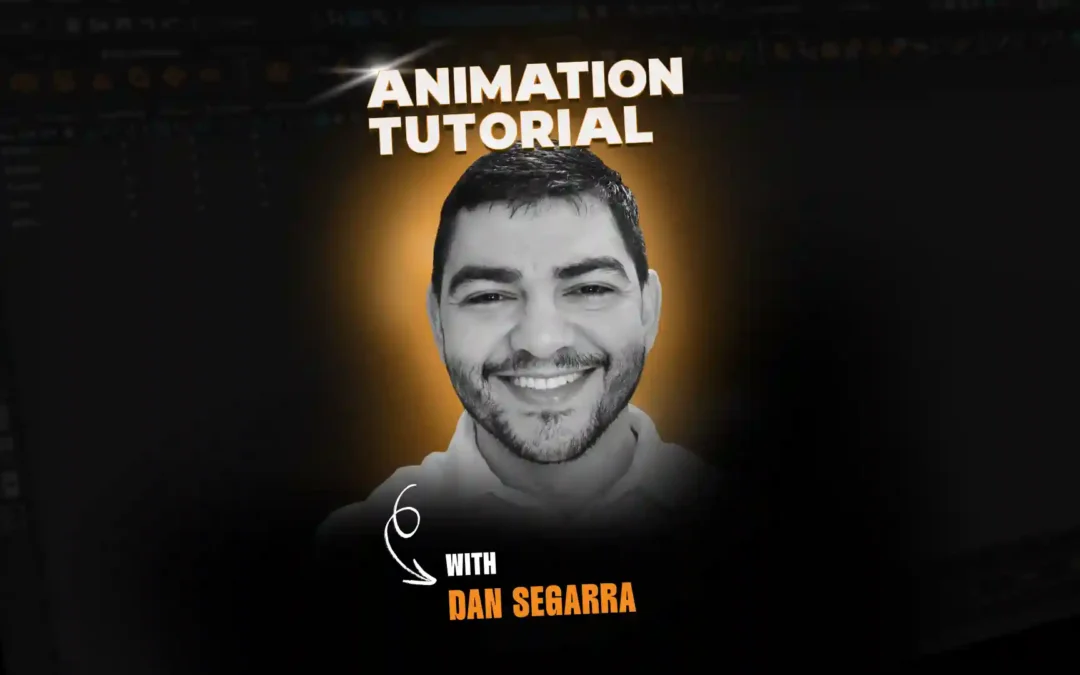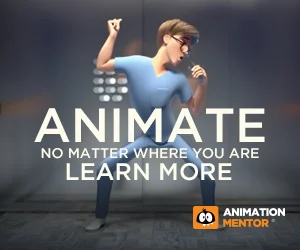
Disney’s Robin Hood thinking about Maid Marian as he proceeds to burn dinner

Eric Larson at his animation desk, 1951 via the Walt Disney Archives Photo Library
As I started my first animation assignment—an old woman trying to cross a busy street—I labored over each drawing.As I started my first animation assignment—an old woman trying to cross a busy street—I labored over each drawing, trying to perfect her hair, her glasses, the wrinkles in her dress, hoping it was good enough to keep me in the program. When I felt that my scene looked presentable, I took it to Eric’s office for feedback. After flipping through the drawings and understanding my idea, he put the first drawing on his disc, placed a clean sheet of paper over it, and picked up a dull pencil with soft lead. He did a very rough, scribbly drawing, barely more than a stick figure, with a circle for the head, and no detail.
Eric’s scribbly drawings, now in motion, seemed alive! They had so much more life, personality, and weight than my labored-over drawings. I threw away all of my drawings and started over. It was my first big lesson in the importance of a strong gesture as the basis for a finished pose.On his desk, Eric had a stack of Milt Kahl’s thumbnail drawings. For one scene in Robin Hood, Milt had drawn page after page of sketches of Robin Hood lying on the ground, stirring a pot of stew with a spoon. He had apparently tried every imaginable variation on how Robin would cross the legs, before deciding on the best pose for the scene. Even a virtuoso like Milt didn’t settle on his first idea for a pose. The importance of making thumbnail sketches to explore variations on a pose, while always looking for a clear silhouette, was the next big lesson I learned at Disney.
He had apparently tried every imaginable variation on how Robin would cross the legs, before deciding on the best pose for the scene.






Eric, along with Frank Thomas and Ollie Johnston, said you should spend half your time planning and half your time animating.It’s much more efficient to explore poses with quick sketches than with a CG rig. It’s faster to work out a line of action in a sketch. The more time you spend planning, the faster and smoother your animation will go. -Jay

Jay has worked on 30+ films since 1979, including The Fox and the Hound, Hercules, The Little Mermaid, Tarzan and The Simpsons Movie. He’s been with Animation Mentor since 2007 and loves to share Eric Larson’s wisdom with students in his 2D Animation for Beginners Workshop.



